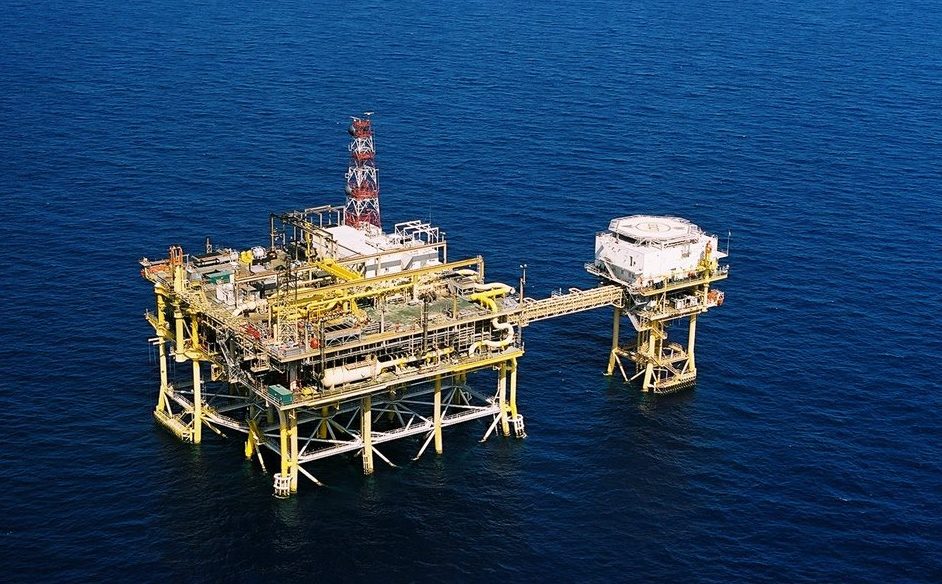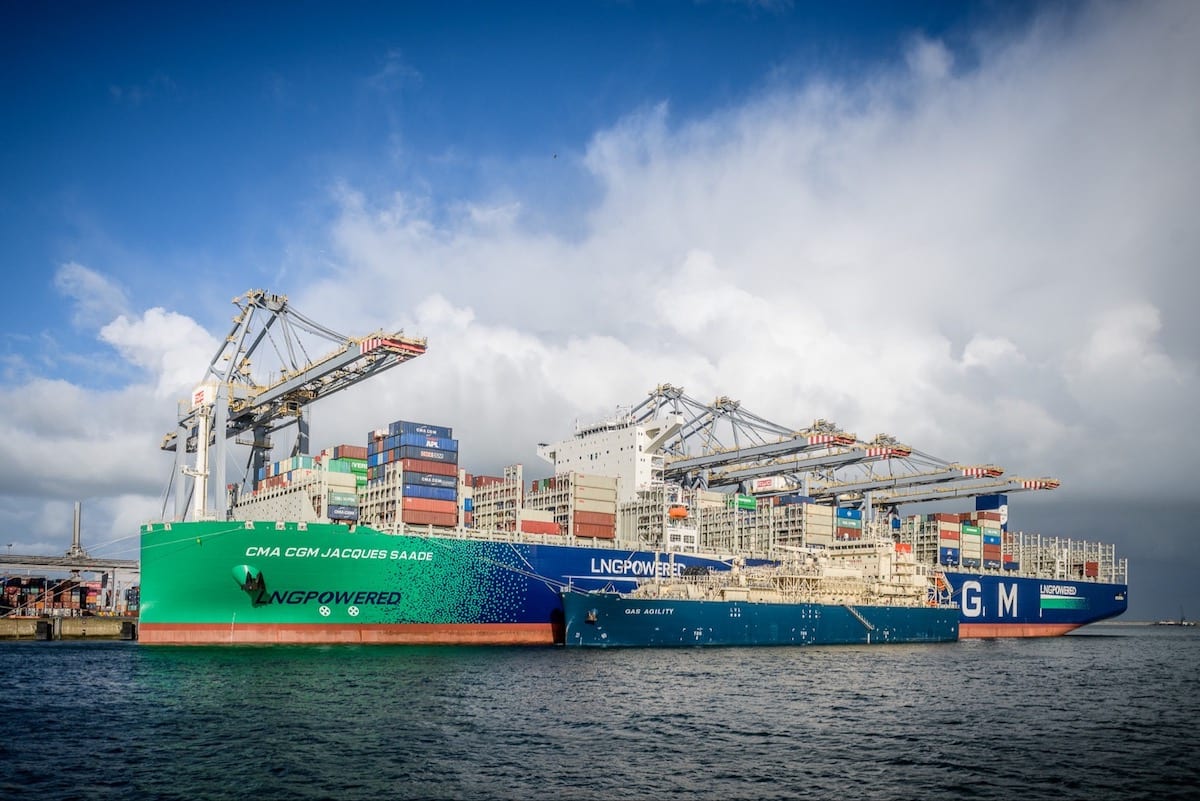The LOOP Marine Terminal, image courtesy LOOP
(Bloomberg) — The Louisiana Offshore Oil Port, the largest waterborne petroleum import terminal in the U.S., has begun to receive tankers of domestic crude as well.
“We started receiving those in August,” Barb Hestermann, a Covington, Louisiana-based spokeswoman for the port, said in a telephone interview. “We are expecting to see those on a regular basis.”
The port can accept 1.2 million barrels a day of oil through its marine terminal, said Hestermann. LOOP has traditionally taken delivery of foreign crude from ships and offshore Gulf of Mexico crude by pipeline.
The domestic crude shipments that began last month have arrived on vessels with capacities typically between 300,000 barrels and 350,000 barrels, Hestermann said. The vessels are American-built and U.S.-flagged, as required under the 1920 Jones Act, according to Hestermann.
“We recently made some modifications to our offshore facilities to be able to handle this smaller-size tanker,” said Hestermann.
Oil from the Eagle Ford and Bakken shale formations in Texas and the Midwest helped boost U.S. oil production to the highest level in 13 years in July, according to weekly Energy Department data.
U.S. light, sweet crude may displace similar imports to the Gulf Coast next year, Bill Klesse, Valero Energy Corp.’s chief executive officer, said at a conference this month.
Eagle Ford output was about 283,000 barrels a day this June, up from about 98,000 barrels a day in June 2011 and no barrels in April 2008, according to the Railroad Commission of Texas, the state’s oil and gas regulator.
Gulf Imports
About 554,000 barrels a day of light, sweet oil from abroad arrived in U.S. Gulf Coast ports in June, down from 964,000 barrels a day in June 2011 and about 1.25 million in June 2010, Energy Department data show.
“We still are seeing foreign imports of sweet barrels” although the amount has declined, Hestermann said.
The port is connected to onshore storage at Clovelly, Louisiana, and the 1.2 million-barrel-a-day Capline pipeline system that moves oil from St. James, Louisiana, to Patoka, Illinois.
Four refineries in Louisiana with a combined processing capacity of about 1.28 million barrels a day can also get oil from the St. James terminal.
LOOP has eight underground caverns that can store about 58 million barrels of oil and 15 above ground storage tanks with about 9 million barrels of capacity, Hestermann said.
– Aaron Clark, Copyright 2012 Bloomberg
A bit more about LOOP:
http://www.youtube.com/watch?v=ovPkAfoVkYM
And the underground cavern where the LOOP stores crude oil:
http://www.youtube.com/watch?v=Gx-EcctZTUE
Unlock Exclusive Insights Today!
Join the gCaptain Club for curated content, insider opinions, and vibrant community discussions.

 Join The Club
Join The Club













